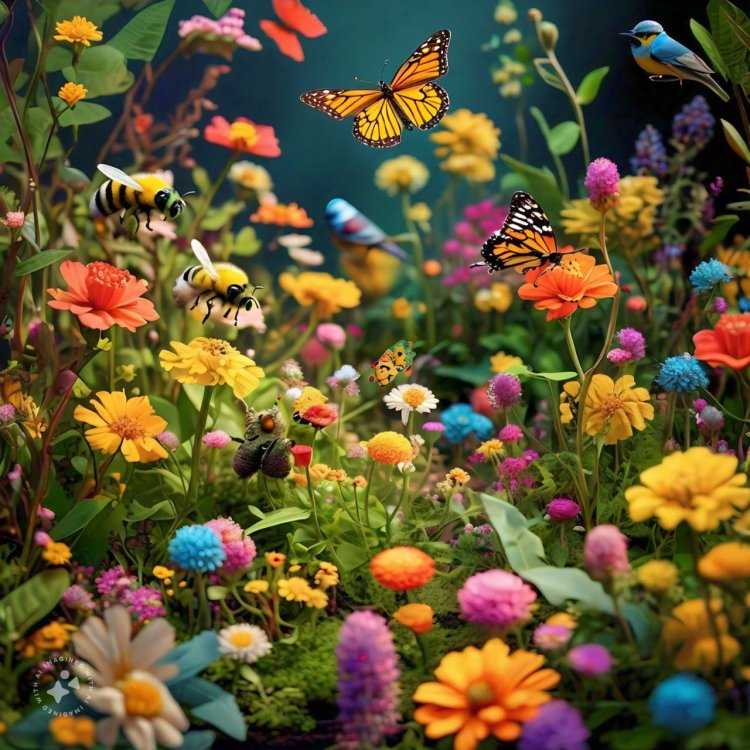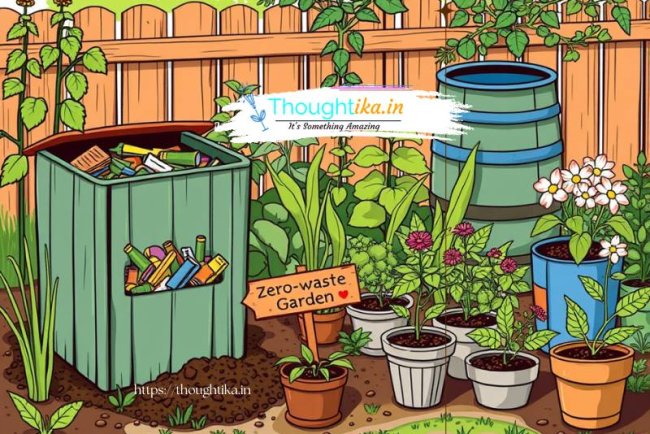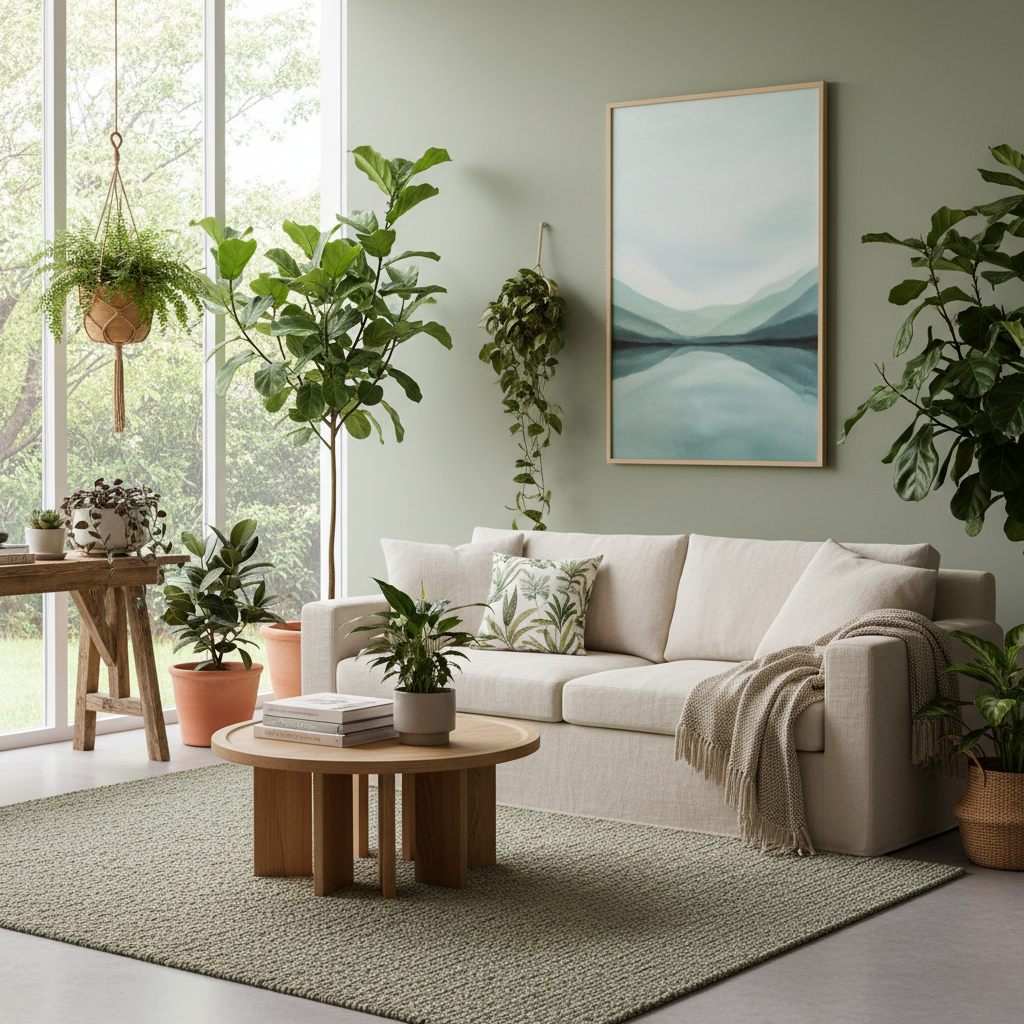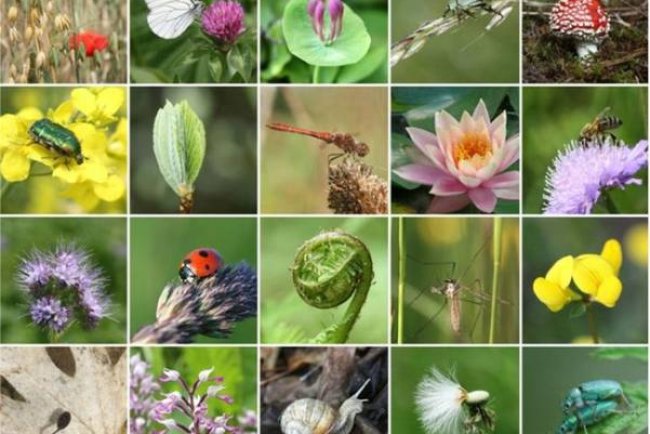Creating a Pollinator-Friendly Garden: Attracting Bees, Butterflies, and Birds
Learn how to create a pollinator-friendly garden that attracts bees, butterflies, and birds! Discover the benefits of supporting pollinators and practical tips for planting native flowers and providing habitat. Start transforming your garden into a haven for pollinators today!

A pollinator-friendly garden not only enhances the beauty of your landscape but also plays a crucial role in supporting local ecosystems. By attracting bees, butterflies, birds, and other pollinators, you can promote biodiversity, improve crop yields, and contribute to environmental conservation efforts. Here’s how you can create a welcoming habitat for pollinators in your garden:
1. Understanding Pollinators
Pollinators like bees, butterflies, hummingbirds, and beetles play a vital role in plant reproduction by transferring pollen between flowers. Supporting these pollinators is essential for the reproduction of many flowering plants, including fruits and vegetables.
2. Benefits of Pollinator-Friendly Gardens
- Increased Plant Diversity: Pollinators help fertilize a wide variety of plants, enhancing garden diversity.
- Improved Crop Production: Pollination boosts fruit and seed production in edible and ornamental plants.
- Supports Wildlife: Pollinator-friendly gardens attract beneficial insects and birds that prey on garden pests.
3. Designing Your Pollinator-Friendly Garden
Follow these steps to create a garden that attracts and supports pollinators:
- Choose Native Plants: Select a diverse range of native flowers, shrubs, and trees that provide nectar and pollen throughout the growing season.
- Plant in Clusters: Group flowering plants together to create visible targets for pollinators and make foraging more efficient.
- Include Different Flower Shapes: Offer a variety of flower shapes and sizes to attract different types of pollinators.
- Provide Shelter and Water: Incorporate features like bee hotels, bird baths, or dense shrubs for nesting and shelter.
4. Plant Selection Tips
Consider these factors when selecting plants for your pollinator garden:
- Blooming Period: Choose plants with staggered blooming periods to provide nectar and pollen throughout the year.
- Color and Fragrance: Opt for brightly colored flowers with ultraviolet patterns that attract pollinators. Fragrant flowers also appeal to many species.
5. Garden Maintenance
Maintain your pollinator-friendly garden with these practices:
- Water Wisely: Provide regular water during dry spells, especially for newly planted species.
- Avoid Pesticides: Minimize or eliminate pesticide use to protect pollinators from harm.
- Remove Invasive Plants: Control invasive species that can outcompete native plants and disrupt pollinator habitats.
6. Educating and Advocating
Spread awareness about the importance of pollinators and encourage others to create pollinator-friendly habitats:
- Educational Signage: Install signs or informational materials in your garden to educate visitors about pollinator conservation.
- Community Engagement: Organize workshops or community events to promote pollinator-friendly gardening practices.
Conclusion
Creating a pollinator-friendly garden is a rewarding way to support biodiversity and contribute to environmental sustainability. By providing essential resources like food, shelter, and water, you can attract bees, butterflies, birds, and other pollinators to your garden. Start planning and planting your pollinator-friendly garden today and enjoy the beauty and benefits of a thriving ecosystem!
What's Your Reaction?
















